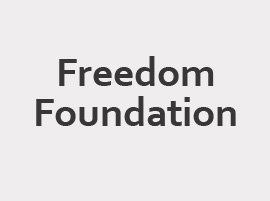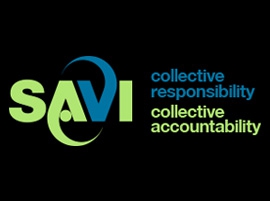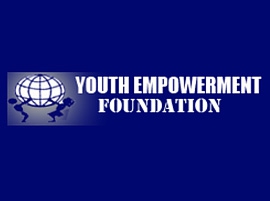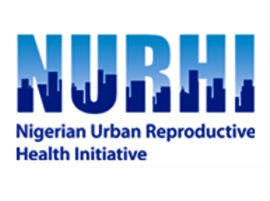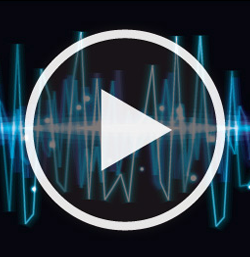Checking the increasing rate of unsafe abortion
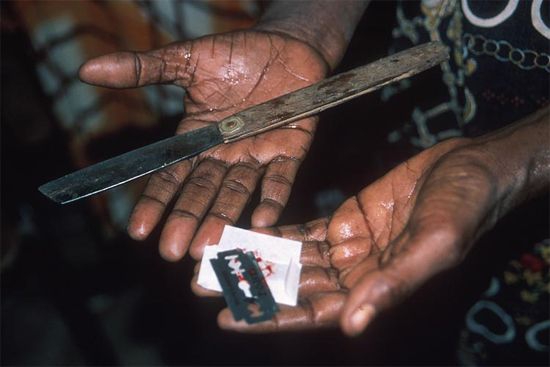
WHEN Mildred Haruna (not real name) was raped during an armed robbery incident in her Lagos environ in 2005, she never imagined that events of that fateful night would haunt her for the rest of her life.
Soon after the traumatising incident, Mildred discovered that she was pregnant. Her grief further increased because even if she decided to keep the pregnancy, her mega salary could not sustain the baby. Also, the baby some day may be referred to as a bastard since he did not have a father.
But getting an abortion, the only option she was left with, was not easy. Access to abortion is shrouded in secrecy. She could walk up to the health centre to complain of feeling sick and get doctor’s attention. But she could not complain of being mental and psychological sick due to the baby growing inside of her. She eventually had the baby.
Similarly, Comfort, a 22-year-old university undergraduate got pregnant. Confused and scared of the repercussions, she decided to get rid of the pregnancy by involving a quack doctor.
Although the abortion was done, she later developed pains which led to severe bleeding. She was rushed to the hospital where she later died.
The World Health Organisation (WHO) says around 25 million unsafe abortions are estimated to take place worldwide each year, almost all in developing countries. Among these, eight million were carried out in the least- safe or dangerous conditions.
Over half of all estimated unsafe abortions globally were in Asia. Three out of four abortions that occurred in Africa and Latin America were unsafe. The risk of dying from an unsafe abortion was highest in Africa.
Read more at http://www.tribuneonlineng.com/checking-increasing-rate-unsafe-abortion/





